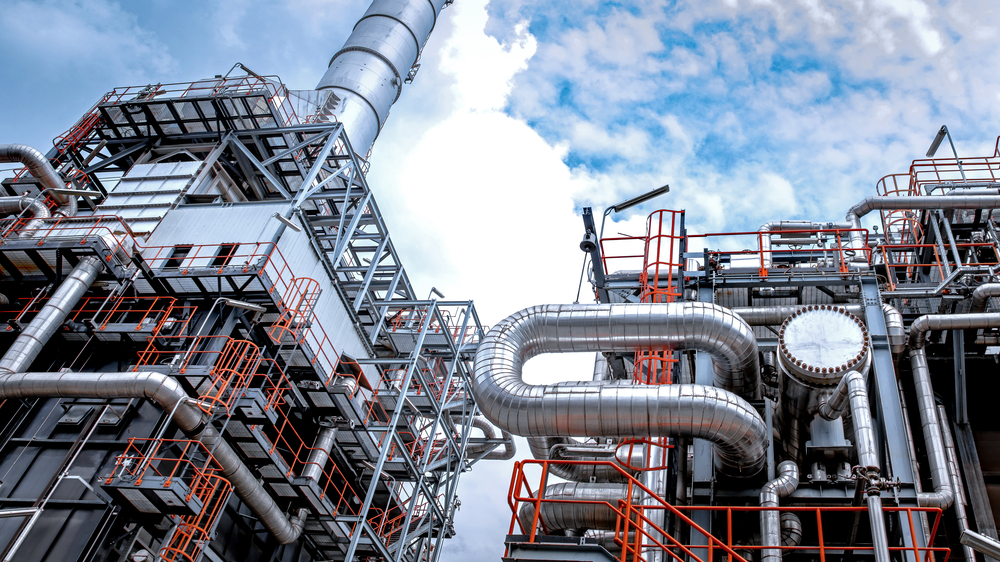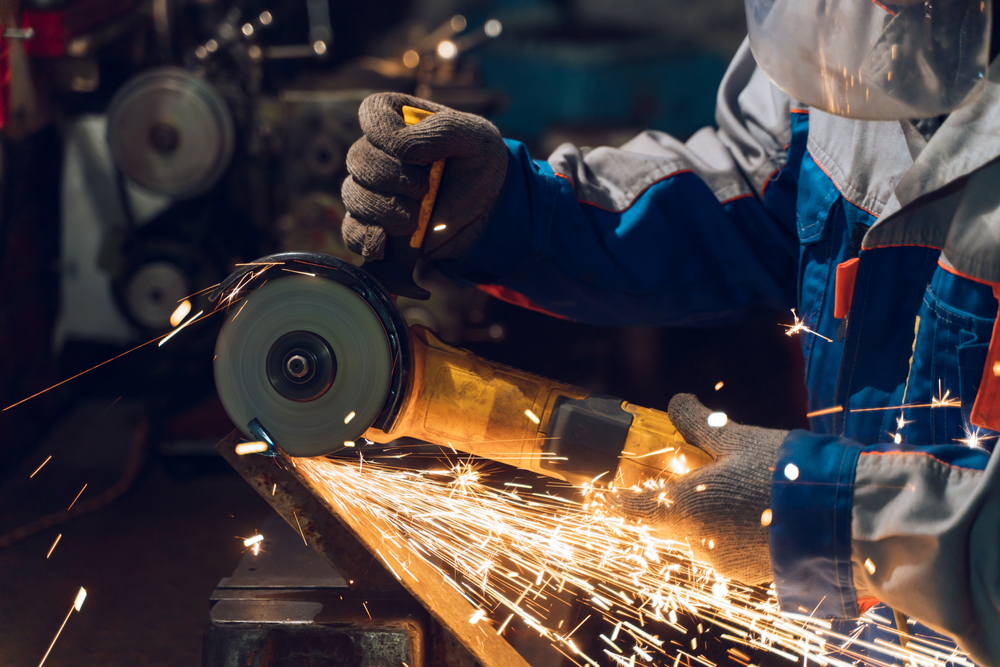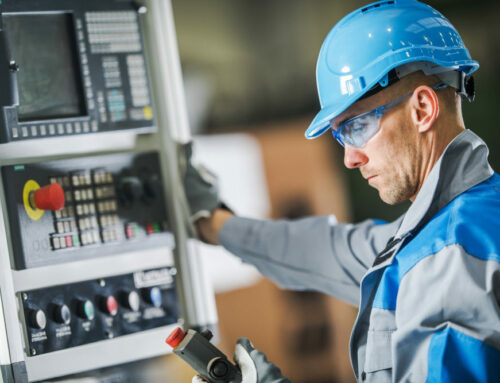
When it comes to work in offshore platforms, refineries, mines, and other similar industries, the risk of an explosion is high. It is essential that we have preventative measures for them. That’s why in this blog, we will go over the importance of choosing the right tools for working in explosive work environments.
What Makes an Explosive Environment?
Explosive environments usually have these three things within them:
- Gas
- Liquid
- Dust
These are flammable materials that one needs to be aware of.
There are also three levels of severity, also known as zones, that differentiate depending on how frequently these materials are present:
- Continuously present at all times / for a long time
- Likely to be present during a normal operation
- Unlikely to be present, but if it happens, it will be for a short amount of time
Explosive Environment Classifications
European regulations are way more developed than US regulations. Such is the case for mechanical risk ignitions, which ATEX has classified for over 15 years. Here are some ATEX classifications for explosive environments:
- Zone 0 – Gases and Vapors. An area where explosive gases or vapors are continuously present or present during long periods of time (for example, the inside of a completely enclosed oil storage tank.)
- Zone 1 – Gases and Vapors. An area in which explosive gases or vapors are present during normal operation of a tool or machine.
- Zone 2 – Gases and Vapors. An area in which explosive gases or vapors are rarely present, and if they are, it will be for a short amount of time.
- Zone 20 – Dust. An area in which explosive dust is continuously present or present for a long time.
- Zone 21 – Dust. An area in which explosive dust is present during normal operation of a machine or tool.
- Zone 22 – Dust. Defined as an area in which explosive dust is rarely present, and if it is, it will be for a short amount of time.
Cold Work Tools
Cold work tools are instruments that do not produce energy or temperature to create an ignition. These tools are important for explosive work environments as they allow for operations and prevent explosions. A certified cold work tool is a pneumatic tool that is modified to make it a non-sparking tool, allowing it to be used safely in explosive environments. A certified cold work tool does not create the temperature nor the energy to create an ignition. These tools are then tested both in-house and by independent laboratories as well. Certifying agencies include DNV-GL. They ensure that the tools comply with international standards. They are deemed safe for potentially explosive environments.
Operations that Cause Explosion Hazards
There are many day-to-day operations that can be an explosion hazard. Examples of tasks that can cause an explosion include:
- Grinding
- Welding
- Soldering
- Surface preparation for welding
- Cutting
- Brazing
- Thawing pipes

It is important that we use the correct tools for places with explosive environments. All in all, one can save time and money as well as increase the safety of an entire operation simply by making sure that the tools used are certified to be used in explosive environments by a third-party organization. We hope this blog helped you understand the importance of choosing the right tools for working in explosive work environments. For all of your safety equipment needs, visit us online at http://www.extremesafety.com or call 310-856-0166 today!

















